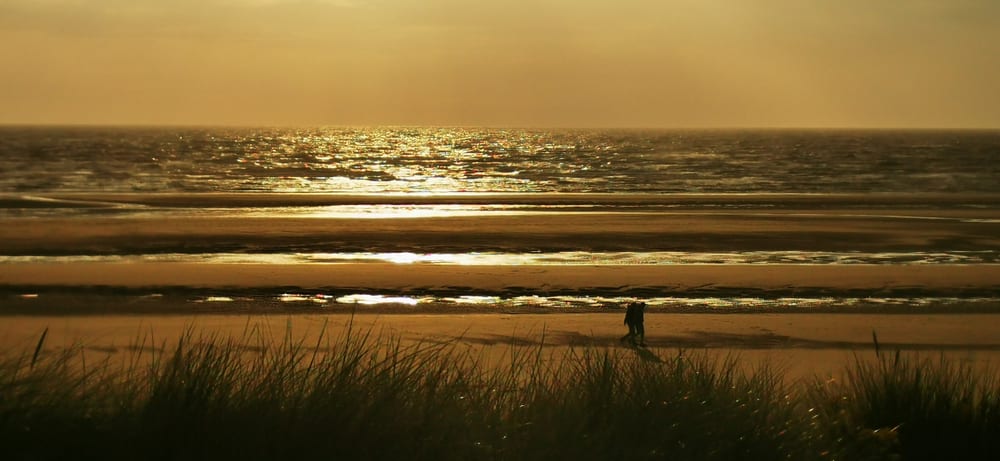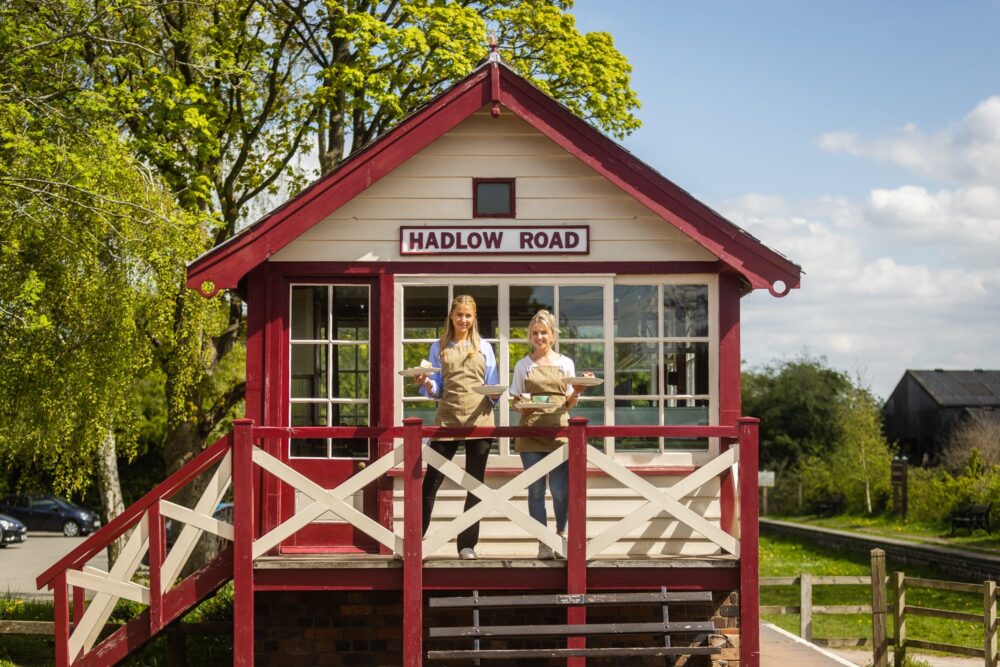
Uncategorised
Liverpool Hope experts gives advice on looking after Merseyside coastal habitats
5 years ago

If you’re lucky enough to live close to some of Merseyside’s most important areas of natural beauty, this is how you can help to protect them during lockdown.
Locals have been flocking to the county’s beaches, estuaries and sand dunes for their daily exercise during the current Covid-19 lockdown.
But if you’re one of the hundreds of families walking dogs, the choices you make while on your stroll could mean life or death for the areas’ visiting birds.
So says Reverend Paul Rooney, Head of Geography and Environmental Science at Liverpool Hope University.
While the Sefton coast, Wirral beaches and Mersey estuary areas should be enjoyed, he’s concerned the habit of dogs being let off leads creates a terrible threat to migratory birds.
Rev. Rooney, who’s also overseeing a brand new Conservation Biology degree at Hope, says:
“We’re blessed with an abundance of natural landscapes on our doorstep.
“And places like the Sefton coast – Formby, Ainsdale, Crosby – the North Wirral coast, and the Mersey estuary have become increasingly important for people when it comes to local exercise and, more importantly, contact with nature.
“So, if you are lucky enough not to have to travel to these places, they should absolutely be enjoyed and savoured – but also used responsibly.
“And that’s especially true right now at this particular time of the year.
“Our estuarine environments are internationally important for overwintering birds – Dunlin, Sanderling, Oystercatchers as well as enormous flocks of Pink-footed geese. Coming to the UK is their equivalent of going on a relaxing summer holiday to Benidorm.
“It’s vital that when they’re here they rest, feed and conserve energy.
“So when we use these beaches now, particularly at high tides, it’s really important that we distance ourselves from flocks of birds and we keep dogs under control in order to minimise the disturbance to birds feeding and roosting.
“When you disturb the birds – what’s known as ‘flushing’ – it might look spectacular, but the energy that the birds expend going into flight can literally be the difference between life and death for them.
“It’s as serious as that. These wetland spaces are important, not just on a European scale, but on a global scale. It’s vital we look after them.
“So bring your binoculars – and watch the birds from afar.”
There’s another reason to protect Merseyside’s coastal areas, particularly the sand dunes – because they could actually prove vital in safeguarding against flooding, too.
Rev. Rooney, founder of the European-wide Sand Dune and Shingle Network, says dune ecosystems actually help to shield the county’s low-lying coastal areas, acting as natural coastal flood protection features.
Speaking last year, he explained: “Coastal dunes, if well-managed and given the space to change and move, provide an excellent, natural flood-protection function. It’s really important to maintain them.
“But they’re increasingly under threat.
“Fossil fuels throw nutrients up into the atmosphere, which then rain down on the dunes.
“This is a factor that results in undesirable vegetation becoming widespread – which is precisely what you don’t want for dynamic dunes.
“If you’ve got lots of surface-fixing vegetation, the wind can’t get to it, making the dunes static, almost fossilised. The specialist dune wildlife we value and cherish can’t persist under these conditions.
“And it’s not just detrimental to wildlife as it impacts on the ability of dunes to act as effective and adaptable coastal flood protection features.”









 Subscribe
Subscribe Follow Us
Follow Us Follow Us
Follow Us Follow Us
Follow Us Follow Us
Follow Us Follow Us
Follow Us











